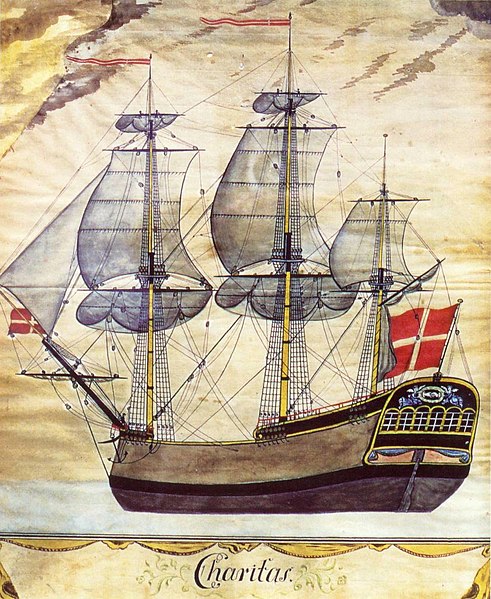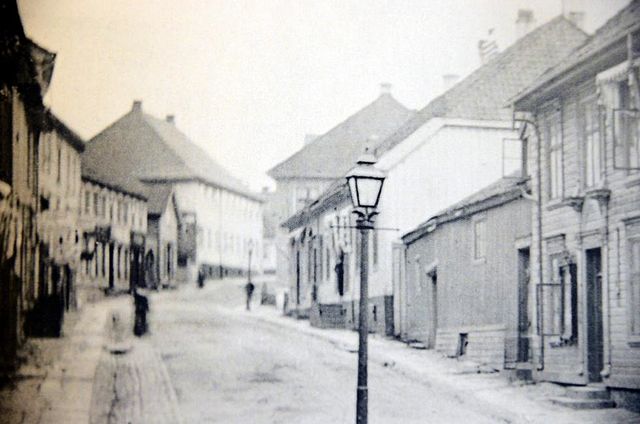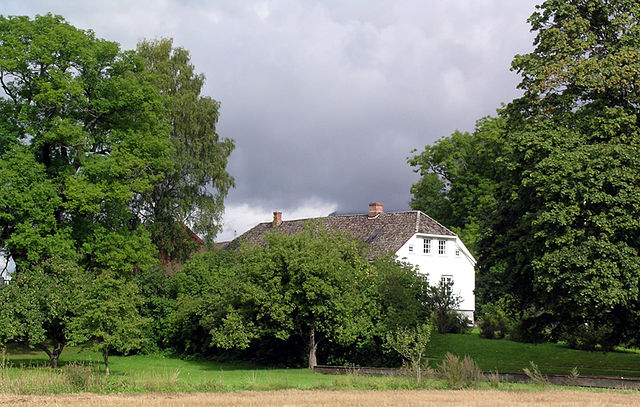An Enemy of the People, an 1882 play by Norwegian playwright Henrik Ibsen, followed his previous play, Ghosts, which criticized the hypocrisy of his society's moral code. That response included accusations of both Ghosts and its author being "scandalous," "degenerate," and "immoral." In An Enemy of the People, a man dares to expose an unpalatable truth publicly and is punished for it.
Original manuscript cover page, 1882
Édouard Vuillard, An Enemy of the People program for Théâtre de l'Œuvre, November 1893
Henrik Johan Ibsen was a Norwegian playwright and theatre director. As one of the founders of modernism in theatre, Ibsen is often referred to as "the father of realism" and the most influential playwright of the 19th century, as well of one of the most influential playwrights in Western literature more generally. His major works include Brand, Peer Gynt, Emperor and Galilean, A Doll's House, Ghosts, An Enemy of the People, The Wild Duck, Rosmersholm, Hedda Gabler, The Master Builder, and When We Dead Awaken. Ibsen is the most frequently performed dramatist in the world after Shakespeare, and A Doll's House was the world's most performed play in 2006.
Portrait by Eilif Peterssen, 1895
Charitas, the ship captained by Henrik's grandfather of the same name when he died at sea outside Grimstad in 1797. The Dannebrog was the common flag of Denmark–Norway.
The roof and one of the windows of Altenburggården can be seen in the middle of the picture. Altenburggården was Marichen Altenburg's childhood home, and Henrik Ibsen lived there aged 3–8.
Venstøp outside Skien, originally the Ibsen family's summer house, where they lived permanently 1836–1843. It was a reasonably large farm with large, representative buildings.






